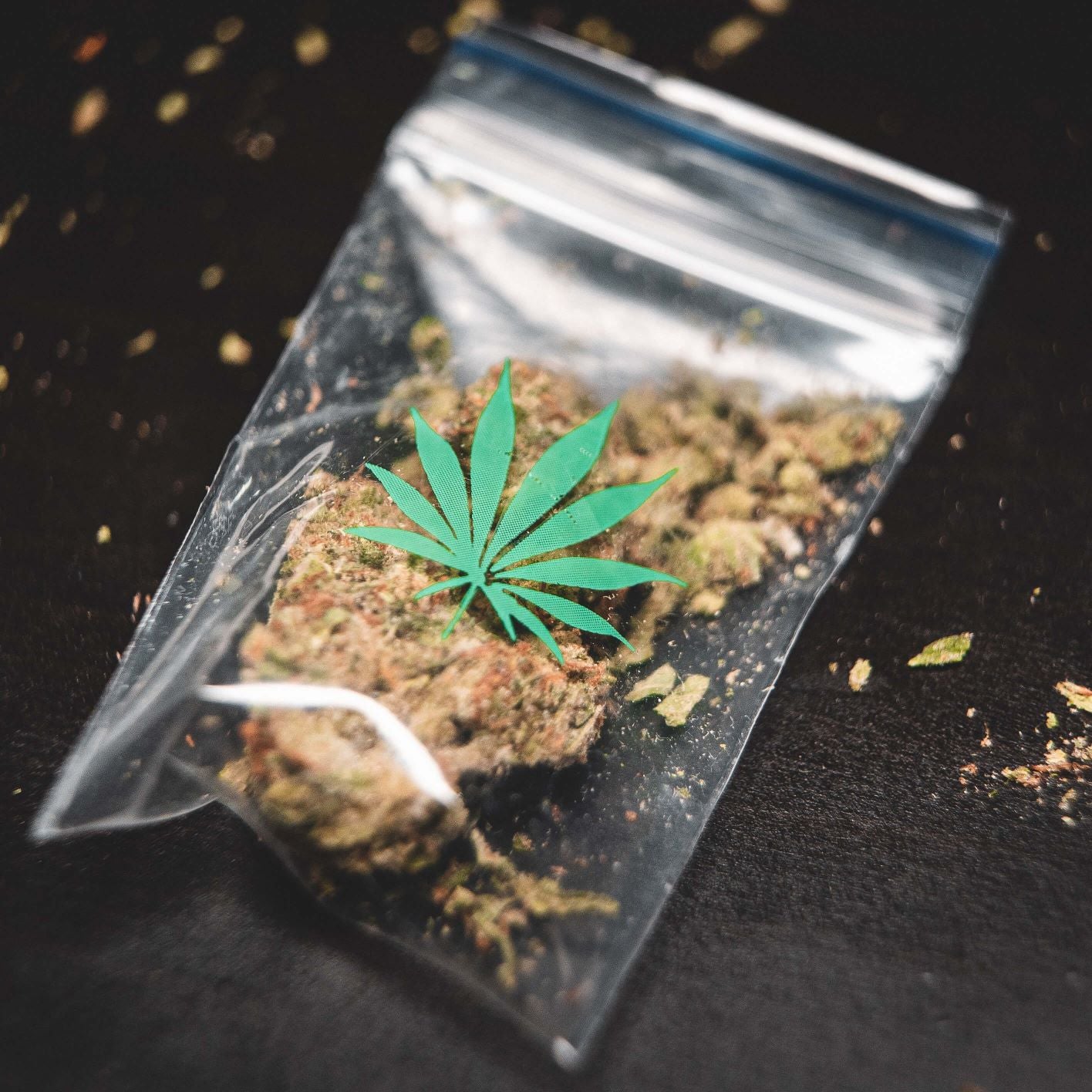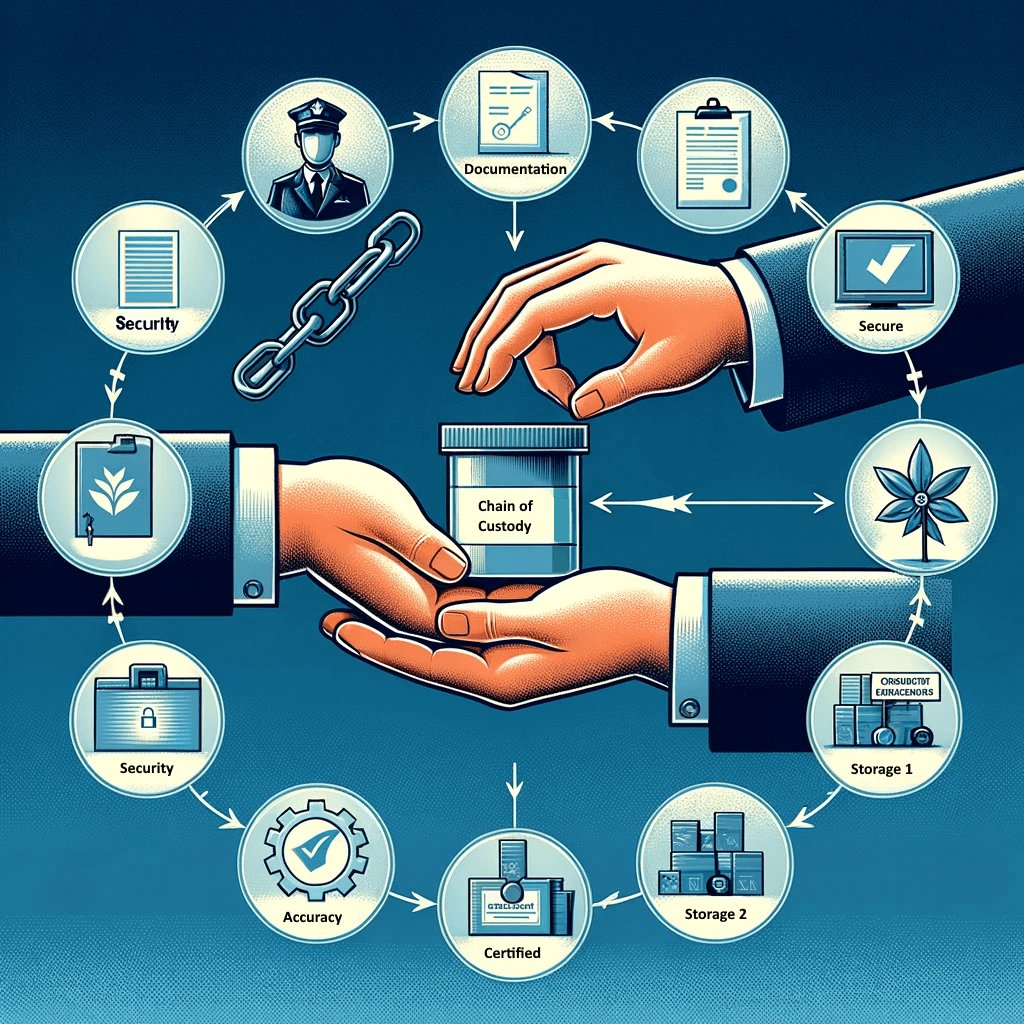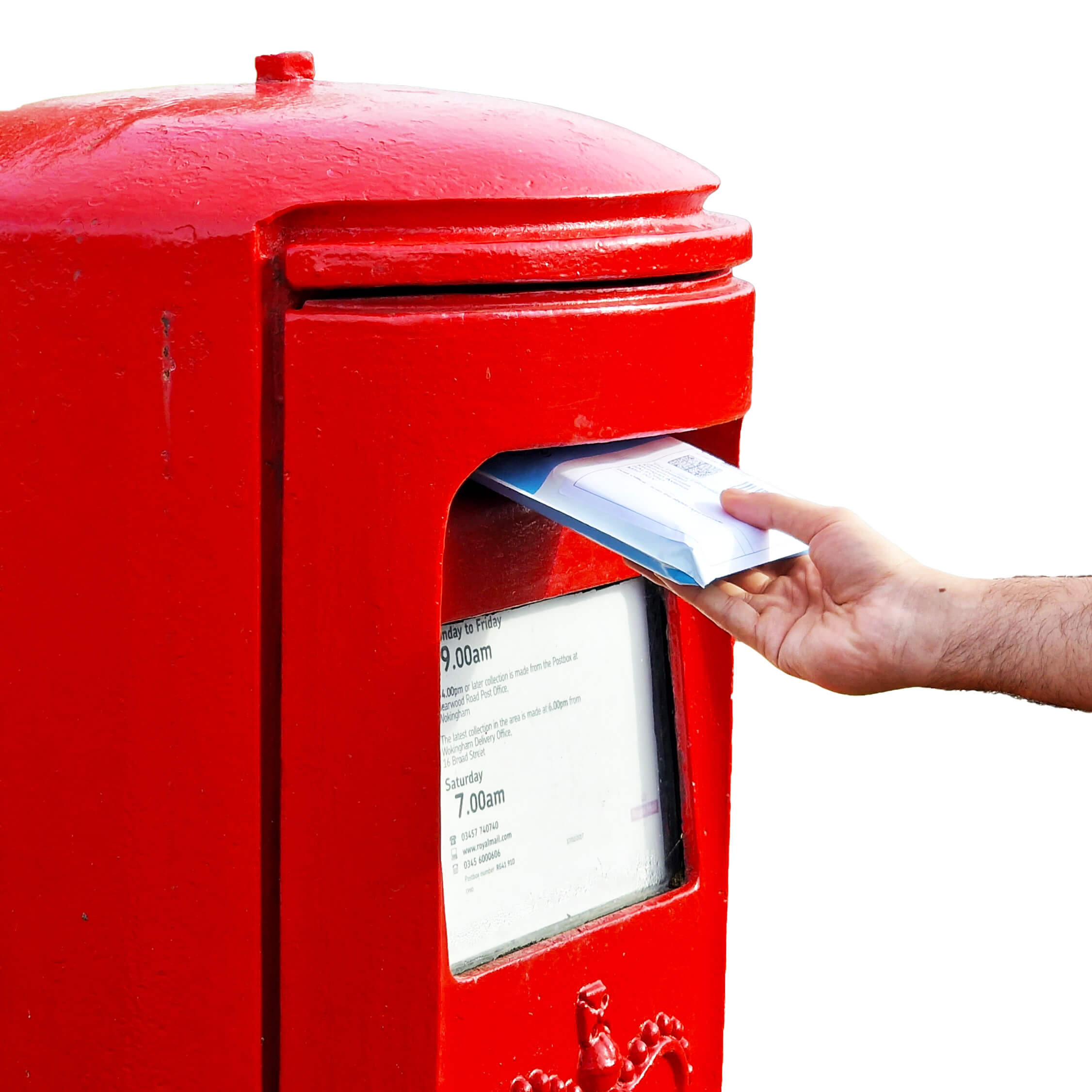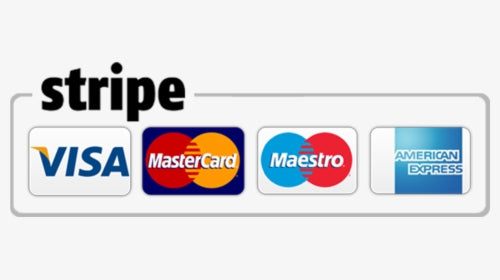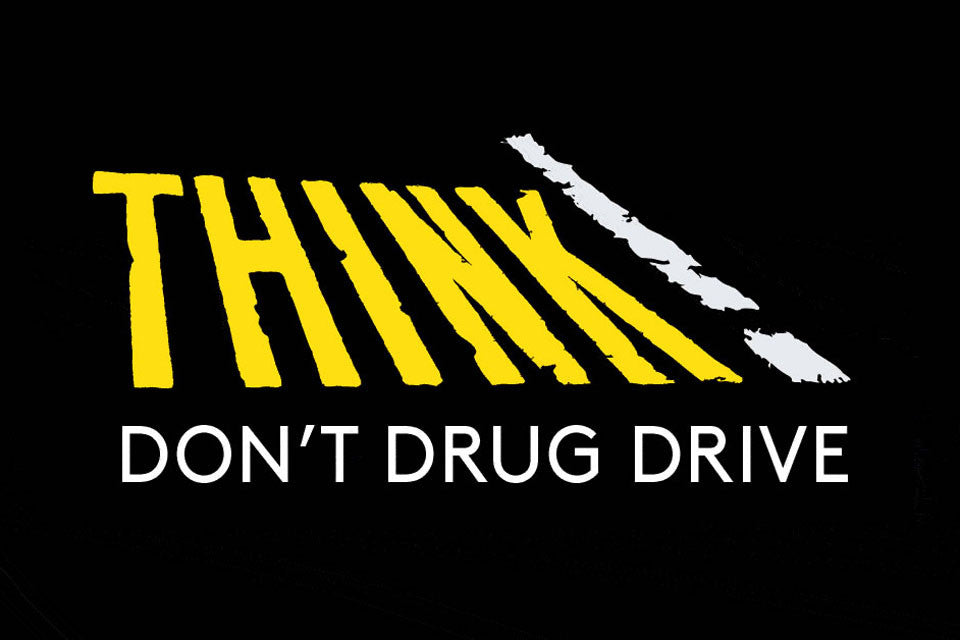
Drug Driving
It is against the law to drive under the influence of illegal drugs, or if you have certain drugs above a specified level in your blood.
Similar to drink driving, the police have a roadside test that makes it easier to detect those who are driving under the influence of illegal drugs.
If you are caught and convicted, you could face a driving ban, large fine and a prison sentence.
Changes to the drug driving law
On 2 March 2015, the drug driving law changed to make it easier for the police to catch and convict drug drivers.
It is now an offence to drive with any of 17 controlled drugs above a specified level in your blood. This includes illegal and medical drugs. The limits set for each drug is different, and for illegal drugs the limits set are extremely low, but have been set at a level to rule out any accidental exposure (i.e from passive smoking).
Officers can test for cannabis and cocaine at the roadside, and screen for other drugs, including ecstasy, LSD, ketamine and heroin at the police station. Even drivers that pass the roadside check can be arrested if the police suspect that your driving is impaired by drugs.
More about the drug driving law
The consequences
The penalties for drug driving are the same as for drink driving. If you are convicted you could face:
- A minimum 12-month driving ban
- A criminal record
- An unlimited fine
- Up to 6 months in prison
- An endorsement on your driving license for 11 years
The consequences of a drug drive conviction are far reaching and can include:
- Job loss
- Loss of independence
- The shame of having a criminal record
- Increase in car insurance costs
- Trouble getting in to countries like the USA
How drugs impair driving
Driving under the influence of drugs is extremely dangerous and can affect driving skills in a number of ways.
Cannabis users often think they are safer when they are under the influence because they drive more slowly. However, cannabis slows reaction and decision times. It can also distort perception of time and distance, and result in poorer concentration and control of the vehicle.
Cocaine leads to a sense of over-confidence and this is reflected in user’s driving style. Users typically perform higher risk, more aggressive manoeuvres at greater speeds.
Ecstasy (MDMA) is extremely dangerous to drive on because it results in distorted vision, heightened perception of sounds, altered perception and judgment of risks and an over-confident driving attitude.
During the phase whilst the effects of any illegal drugs are wearing off the user may feel fatigued, affecting concentration levels.
Driving in any of these conditions is a bad idea – not just for the driver but for their passengers and other road users.
ILLEGAL DRUGS (SPECIFIED LEGAL LIMITS)
The government have taken a zero tolerance approach when setting the maximum legal limits of eight drugs that are mostly associated with illegal use. These limits are set at low levels.
| Specified 'illegal' Drug (accidental exposure - zero tolerance approach) |
Limit in Blood |
| benzoylecgonine | 50µg/L |
| cocaine | 10µg/L |
| delta-9-tetrahydrocannibinol (cannabis) | 2µg/L |
| ketamine | 20µg/L |
| lysergic acid diethylamide (LSD) | 1µg/L |
| methylamphetamine (crystal meth) | 10µg/L |
| MDMA (ecstasy) | 10µg/L |
| 6-monoacetylmorphine (heroin) | 5µg/L |
MEDICINAL DRUGS (SPECIFIED LEGAL LIMITS)
The government have taken a risk based approach when setting the maximum legal limits of eight drugs that are mostly associated with medical use.
| Specified 'medical' Drug (risk based approach) |
Limit in Blood |
| clonazepam | 50µg/L |
| diazepam (valium) | 550µg/L |
| flunitrazepam | 300µg/L |
| lorazepam | 100µg/L |
| methadone | 500µg/L |
| morphine | 80µg/L |
| oxazepam | 300µg/L |
| temazepam | 1,000µg/L |
| Specified 'illegal or prescribed' Drug (separate approach to balance risk) |
Limit in Blood |
| Amphetamine (e.g. dexamphetamine or selegiline) | 250µg/L |
Collection list
- Choosing a selection results in a full page refresh.


